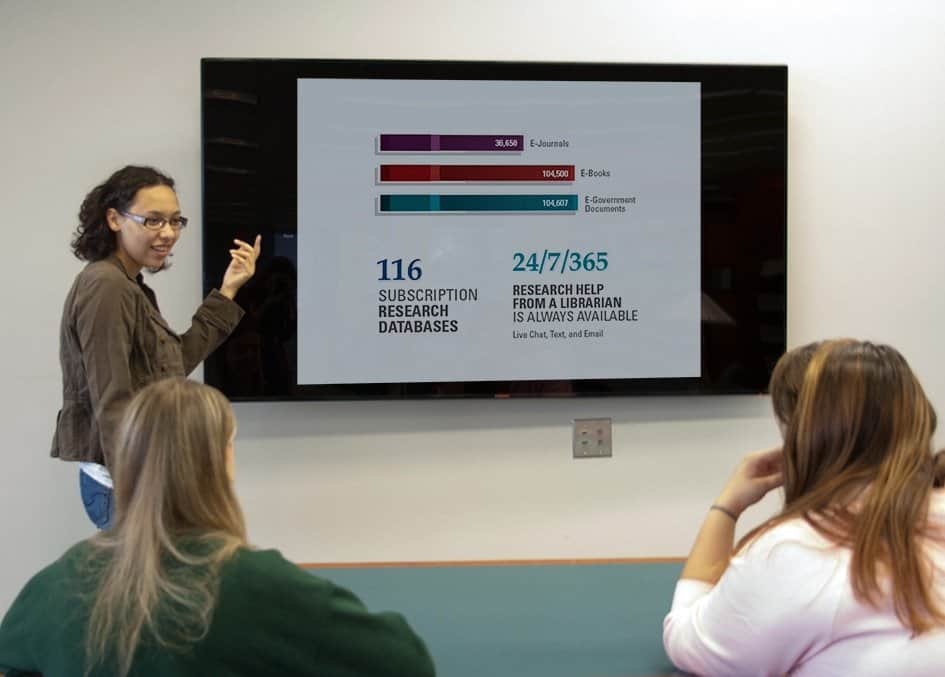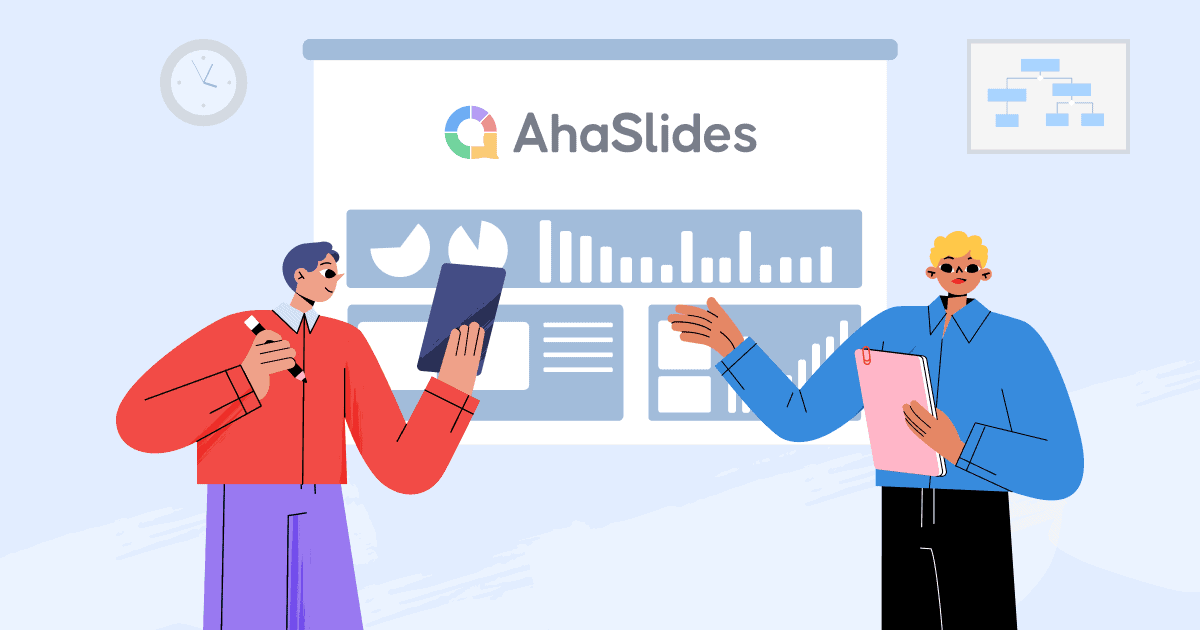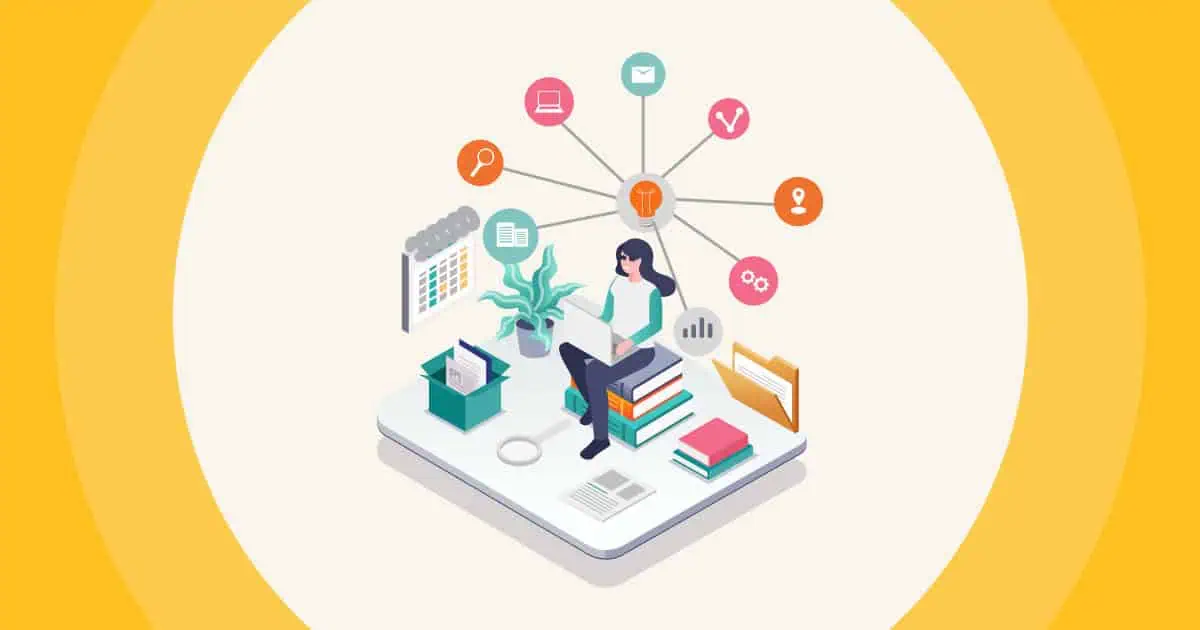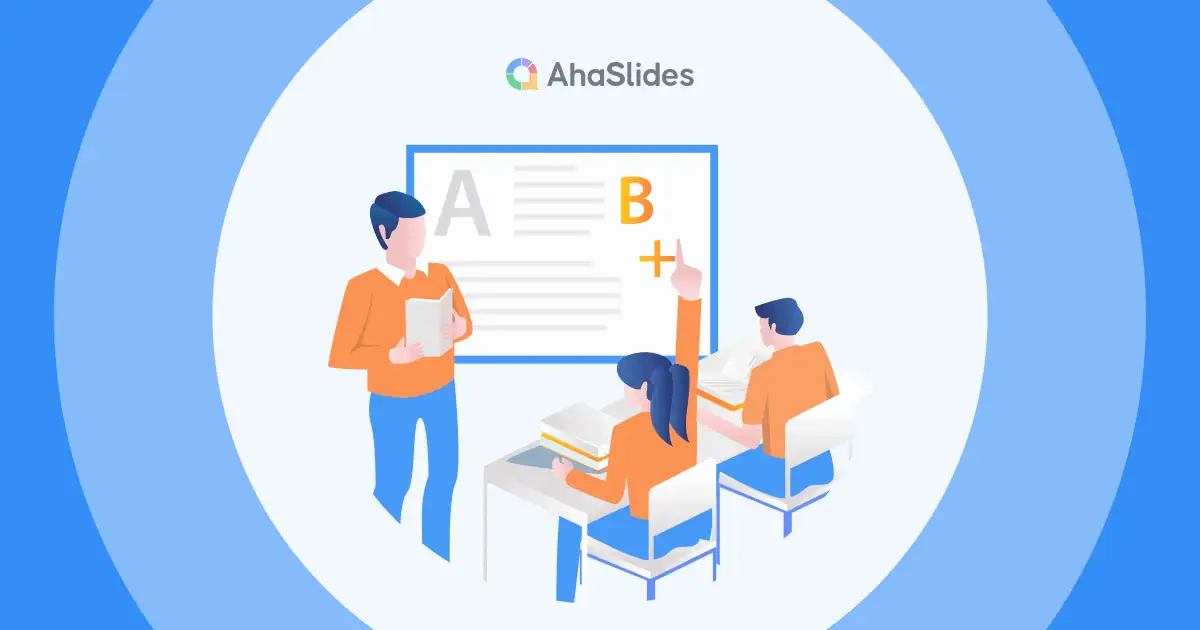Making a presentation, especially a college presentation in front of hundreds of spectators for the first time, without thorough preparation, can be a nightmare.
Do you want to assert your presence yet be too afraid to raise your voice in public? Tired of a conventional monologue presentation but have a few ideas of how to make a change and rock the room?
Whether running a classroom presentation, a big hall speech or an online webinar, get what you need here. Check these eight actionable tips on preparing and hosting your first college presentation as a student.
Table of Contents
The best college presentations start with the best preparation. Making, learning, checking and testing your presentation are all vital to ensuring it runs as smoothly as possible.
Tip #1: Know the Content
Whether or not you're the researcher of the information, you're definitely the one conveying them to the audience. This means, first and foremost, you should put a lot of effort into deeply and extensively learning the content of the presentation.
The audience can tell if you haven’t made reasonable preparation for the session, and don’t forget, you may later get asked tons of questions from other students and professors. To prevent embarrassment in both cases, gaining a thorough knowledge of the topic is an obvious, but a hugely valuable asset to your performance.
This is something that really just comes with a lot of practice. Practice with the words written down to start with, then see if you can transition to reciting them from memory. Try in controlled and uncontrolled settings to see if you can control your nerves and remember the content in a pressured environment.

Tip #2: Just Keywords and Images
As an audience member, you wouldn't want to be flooded with hundreds of words of text with no clearly stated point and no visualized information. The most powerful presentations, according to the 10-20-30 rule (as well as anyone who's been to a decent presentation), are the ones from which the audience can extract the biggest learnings from the most straightforward slides.
Try to deliver your information within 3 or 4 bullet points per slide. Also, don't shy away from using as many topic-related images as possible. If you're confident in your speaking ability, you could even try using just images on your slides, and to save all your points for the speech itself.
A helpful tool to create these simple and easy-to-follow slides is AhaSlides, which is available for free!

Tip #3: Wear a Confident Outfit
A trick to boost your sense of security and confidence is to get yourself a neat and tidy outfit which suits the occasion. Creased clothes mostly drag you into an embarrassing situation by shifting the attention of the audience away from your speech. A shirt and a pair of pants or knee-long skirt instead of something too fancy would be a rational choice for your first presentation at college.

Tip #4: Check Up and Back Up
There was a time when it took me 10 minutes to fix an incompatible HDMI hook-up during my 20-minute presentation. Needless to say, I was hugely frustrated and couldn't deliver my speech properly. Last-minute IT troubles like these can certainly happen, but you can minimise the risk with proper preparation.
Before you launch into your presentation, spend a good amount of time double-checking your presentation software, computer and projector or virtual conferencing platform. With them checked, you should always have backup options for each so it's extremely unlikely you'll be caught out.
Remember, it's not just about being and looking professional; having everything under control from the start of your college presentation is a huge boost to your confidence, and ultimately your performance.

Tip #5: Let your Personality Shine
Most people either worry that they're over the top with their energy, or that they're not interesting enough during the speech.
I'm sure you've already checked out a few TED videos to learn how to start your first college presentation from professionals, but the key here is this: don’t try to impersonate others on stage.
If you do, it's more visible to the audience than you think, and it reeks of someone trying far too hard. This is easier said than done, of course, but try to be yourself on stage as much as possible. Practice in front of friends and family to see which elements of a speech you're naturally the best at.
If you struggle with eye contact but excel in using your hands to illustrate points, then focus on the latter. Don't pressure yourself to be fluid in every department; just isolate the ones in which you're comfortable and make them the star of your show.

💡 Want to know more about body language? Check out the dos and don'ts of presentation body language.
Tip #6: Be Interactive
No matter how engaging you find your content to be, the strength of your presentation is often judged by the reaction of the audience. You may have memorised every word and have practised dozens of times in a controlled setting, but when you're on that stage in front of your schoolmates for the first time, you may find your monologue presentation to be more of a snoozefest than you thought.
Let your audience have a say. You can make a presentation far more engaging by putting in slides to which the audience is asked to contribute. A poll, word cloud, a spinner wheel, a fun quiz, all of them are tools in the arsenal of a fantastic, attention-grabbing, dialogue-creating presentation.
Nowadays, there's interactive presentation software that is proving a huge step up from traditional PowerPoints. With AhaSlides you can use slides that encourage your audience to respond to your questions using their phones.

Tip #7: Be Ready to Improvise
Lady Luck doesn't care how much time you spend rehearsing your first college presentation. If the audience starts getting bored and you haven't got any interactive slides up your sleeves, then you might find it's necessary to improvise.
Whether this is a joke, an activity, or a segue into another section - it's really your choice. And although it's great to improvise when need be, it's even better to have these little 'get out of jail free' cards ready for if you feel you need them in your speech.
Here's a great example of a presentation about improvisation that also uses improvisation.
Tip #8: End with a Bang
There are two key moments that your audience will remember more than any other in your first college presentation: the way you start and the way you end.
We've got a whole article on how to start your presentation, but what's the best way to end it? All presenters would love to finish in a flurry of energy and rapturous applause, so it's natural that it's often the part we struggle with the most.
Your conclusion is the time to bring all of the points you've made under one roof. Find the commonality between them all and emphasise that to drive your point home.
After the standing ovation, it's always a good idea to have a live Q&A session to clear up any misunderstandings. Presentation legend Guy Kawasaki claims that in a 1-hour presentation, 20 minutes should be the presentation and 40 minutes should be the time for the appropriate Q&A tool.








